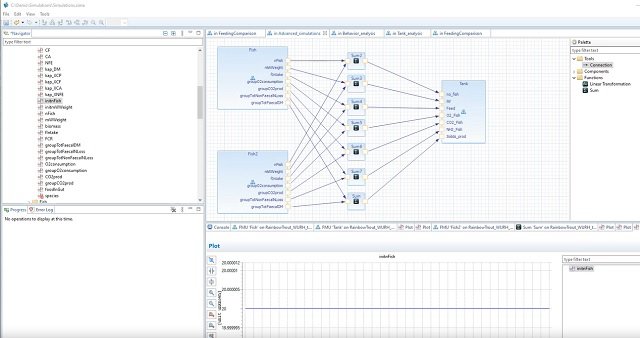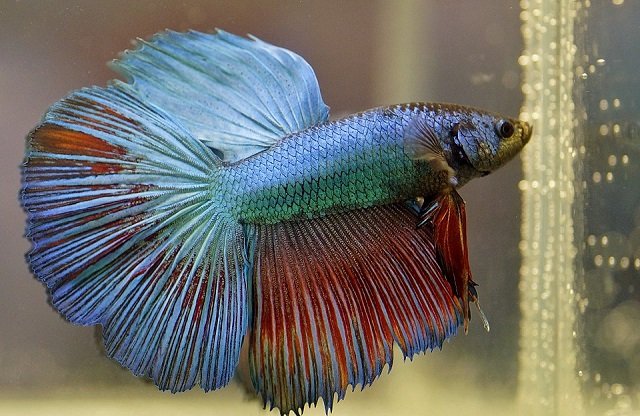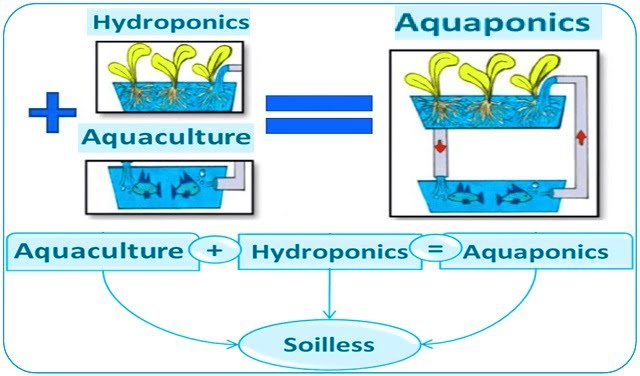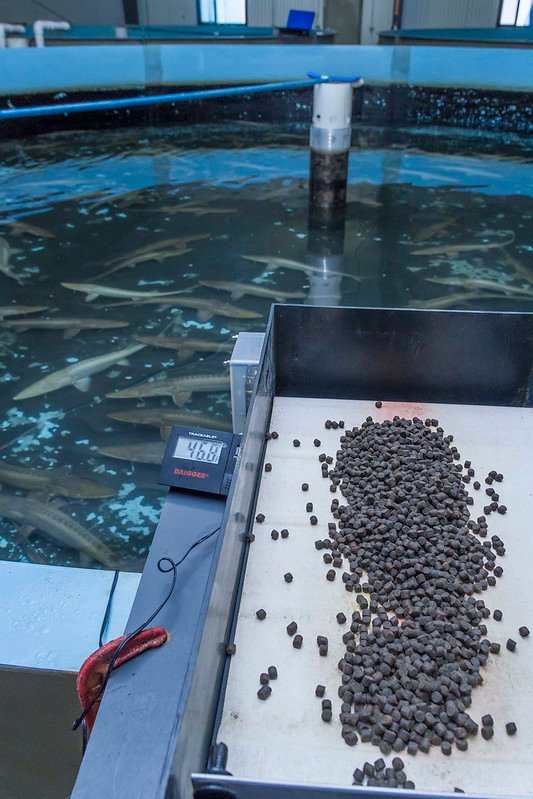
Scientific research and education in the aquaculture industry often involve complex, costly, and lengthy experiments that require large facilities and strict animal welfare control. This is where AQUAEXCEL 3.0 Virtual Laboratory (AEVirtualLab) comes into play—an innovative platform that is revolutionizing the way aquaculture experiments are conducted.
The AE Virtual Lab platform, developed by AQUAEXCEL 3.0, offers researchers, educators, and students an innovative way to conduct experiments, analyze data, and enhance learning—all within a digital environment.
What is AEVirtualLab?
AQUAEXCEL 3.0 Virtual Laboratory (AEVirtualLab), hosted on https://aevirtuallab.online/, is the result of the AQUAEXCEL 3.0 WP4 project, focused on “Technological Tools for Enhanced Experimental Procedures.” This platform provides a virtual environment for simulating fish experiments, reducing the need for extensive and costly physical experiments.
The core idea behind AEVirtualLab is to address the ethical and economic challenges associated with aquaculture research. By enabling experiment simulation, it minimizes animal use, optimizes resources, and improves experimental planning. This aligns with the 3R principles (Replace, Reduce, Refine), which are fundamental in animal research.
The power of numerical models
Fish experiments typically require extensive laboratory facilities, long durations, and strict welfare conditions, making research both costly and ethically complex.
In this regard, the AEVirtualLab platform relies on numerical models that simulate various aspects of aquatic life, such as growth, nutrition, waste production, tank and cage hydrodynamics, water quality, and water treatment. These models, encapsulated in Functional Model Units (FMUs) using the FMI standard, can be integrated and simulated simultaneously.
In the previous AQUAEXCEL project, a virtual laboratory system was developed to allow virtual experiments in aquaculture research facilities. AEVirtualLab takes this concept a step further, improving existing models and developing new ones to provide an even more powerful and versatile tool.
Tutorials and personalized assistance
AEVirtualLab offers a variety of tutorials to guide users in simulating their own experiments. These tutorials cover different aspects of aquaculture, allowing researchers to customize their simulations according to their specific needs.
Stay Always Informed
Join our communities to instantly receive the most important news, reports, and analysis from the aquaculture industry.
- Growth: Focuses on simulating different feeding strategies and feed compositions using the AquaFishDEB model.
- Water Treatment: Ideal for those looking to set up recirculation equipment and predict water quality in experiments.
- Growth-Water Treatment: An advanced tutorial that combines growth and water treatment models for more complex simulations.
- Behavior: Simulates the behavior of large numbers of Atlantic salmon in production cages, considering flows and waves.
- Growth-Behavior: Currently in development, this tutorial will combine growth and behavior models for even more advanced simulations.
Additionally, the platform includes an assistant to help users select the right tutorial based on their needs. It is important to note that the Kopl tool and the FMUs developed so far are only compatible with the Windows x64 operating system.
Detailed models for accurate simulations
The models used in AEVirtualLab are fundamental for ensuring precise simulations.
AquaFishDEB model
Based on the Dynamic Energy Budget (DEB) theory, this model predicts fish growth, feed consumption, and waste production. It considers factors such as feed, temperature, and feeding strategies. It has been developed for species like Atlantic salmon, gilthead seabream, European seabass, rainbow trout, and pikeperch.
Water treatment model
This model predicts water quality and the effects of water treatment in research infrastructures such as tanks. It allows users to forecast water quality during an experiment and design systems that meet specific requirements.
Behavior model
Simulates the behavior of large numbers of Atlantic salmon in net cages, taking into account currents and tidal waves.
Benefits of AEVirtualLab
The AEVirtualLab platform offers numerous benefits for aquaculture research:
- Cost Reduction: By minimizing the need for extensive physical experiments, it reduces infrastructure, animal, and personnel costs.
- Improved Animal Welfare: Experiment simulation reduces the number of animals used in research, improving animal welfare.
- Optimized Experimental Planning: Numerical models allow researchers to predict experiment outcomes and optimize planning.
- Flexibility and Customization: Tutorials and personalized assistance enable users to adapt simulations to their specific needs.
- Advancement in Research: AEVirtualLab facilitates aquaculture research, allowing researchers to explore new ideas and approaches more efficiently.
The future of aquaculture research
AEVirtualLab represents a significant advancement in aquaculture research, offering a powerful and versatile tool for simulating experiments and optimizing planning. As the platform continues to evolve and new models and tutorials are developed, its impact on the aquaculture industry will grow even further.
The ability to simulate complex experiments in a virtual environment opens new possibilities for aquaculture research, allowing researchers to explore new ideas and approaches more efficiently and ethically.
Conclusion
The AE Virtual Lab represents a major breakthrough in aquaculture research. By enabling virtual experimentation, it reduces costs, improves animal welfare, and optimizes research efficiency.
Researchers, educators, and industry professionals are encouraged to explore the platform’s free tutorials and downloadable models to optimize their experimental workflows.
🔗 Visit AE Virtual Lab to get started!
Editor at the digital magazine AquaHoy. He holds a degree in Aquaculture Biology from the National University of Santa (UNS) and a Master’s degree in Science and Innovation Management from the Polytechnic University of Valencia, with postgraduate diplomas in Business Innovation and Innovation Management. He possesses extensive experience in the aquaculture and fisheries sector, having led the Fisheries Innovation Unit of the National Program for Innovation in Fisheries and Aquaculture (PNIPA). He has served as a senior consultant in technology watch, an innovation project formulator and advisor, and a lecturer at UNS. He is a member of the Peruvian College of Biologists and was recognized by the World Aquaculture Society (WAS) in 2016 for his contribution to aquaculture.




